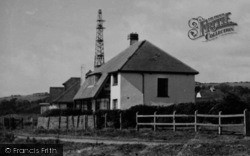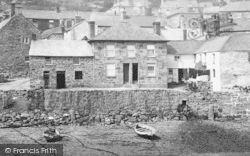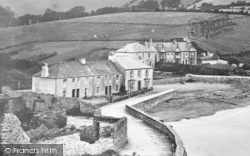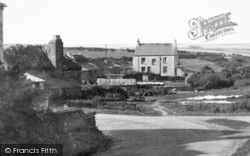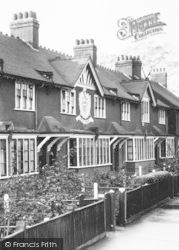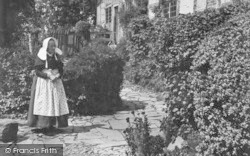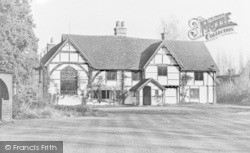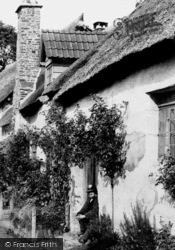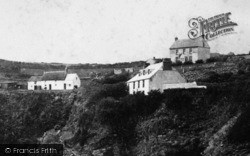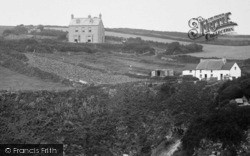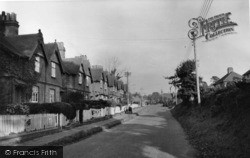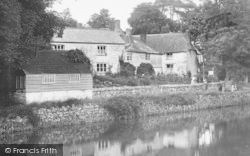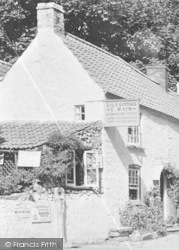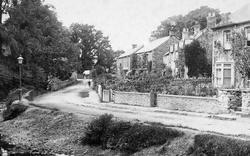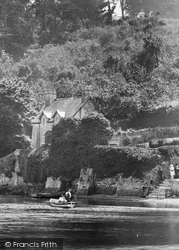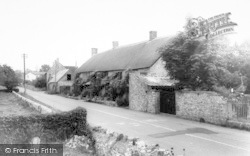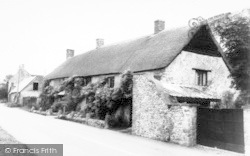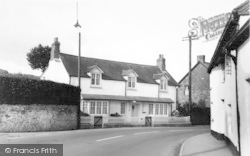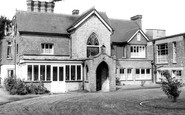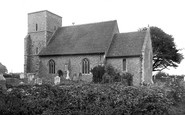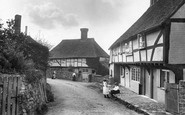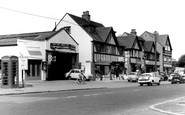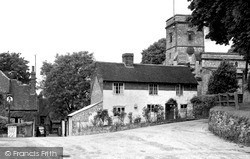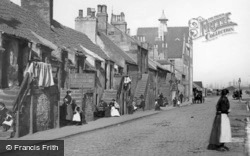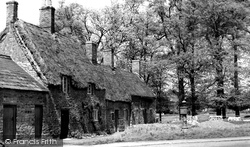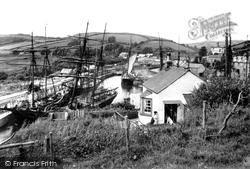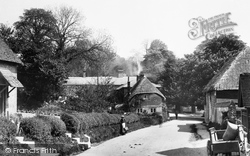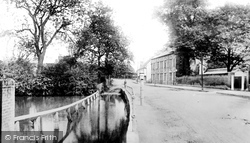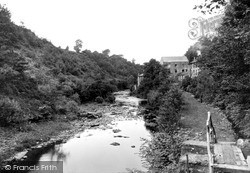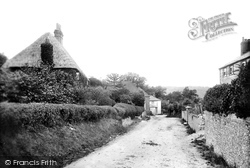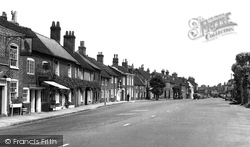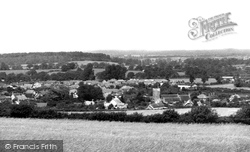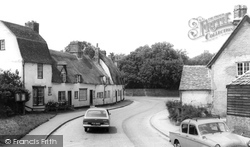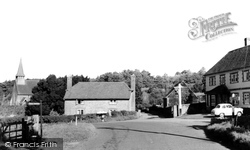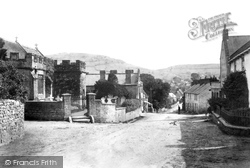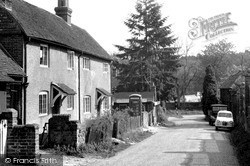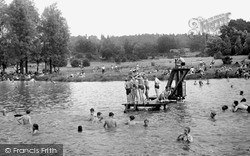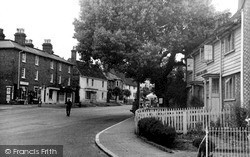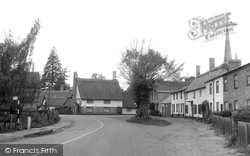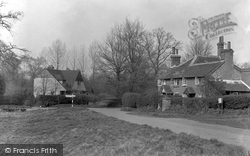Places
6 places found.
Those places high-lighted have photos. All locations may have maps, books and memories.
Photos
2,406 photos found. Showing results 241 to 260.
Maps
41 maps found.
Books
Sorry, no books were found that related to your search.
Memories
2,828 memories found. Showing results 121 to 130.
St Michael And All Angels Church Of England School
I would love to hear of anyone who went to Tatenhill school around the late 1940 into the 1950s. It was such a magical time with Miss Read our teacher who inspired us and fired our imagination. ...Read more
A memory of Tatenhill in 1948
Copthorne Convent
My name is Maggie Wilkinson. My mum Elizabeth Pilkington lived at Copthorne Convent, then it was called Bank Farm House, she was married from there on 6th June 1942. My parents were married at St John's church. Mum's ...Read more
A memory of Copthorne in 1942 by
Relations Of John Wraite Mary Post
In 1841 John & Mary Wraight's son William married Sarah Curling Baker the daughter of Thomas Baker & Eleanor Hunt from St Margarets at Cliffe. Her stepsister, Eleanor Hunt's daughter by her first marriage ...Read more
A memory of Guston in 1860
The Red Lion Inn Thursley
I lived in The Red Lion Inn, Thursley (Bridle Cottage) from the day I was born for approximately 22 years. I was born in June 1961 and I am the oldest child of four. I lived with my parents and grandparents. My ...Read more
A memory of Thursley in 1961 by
Sholden Kent Near Deal Kent. 1810 91 Norris Marsh & Berwick Family
George James Norris and his wife Charlotte, nee Halliday, lived at Alders, Sholden with their 5 children in 1891. Miss Sarah Norrice who was living with her mother Ursula at Sholden in ...Read more
A memory of Deal
Betton A Rural Idyl
I literally stumbled upon this website and have been interested to read the memories of people who lived in Betton, a place well known to me. I lived there as a wartime evacuee in the 1940s, and Marc Chrysanthou's ...Read more
A memory of Market Drayton in 1940 by
My Holidays In Manmoel
My memories span many years. My grandparents lived in the small terrace cottages adjacent to the pub and next door but one to the Pennys. My grandmother, Eva Morgan looked after the chapel. My Uncle Bob used to live in the ...Read more
A memory of Manmoel by
Jim Iles
My husband Jime Iles was at Holmesdale School from 1956 to 1960. He won many awards for his metalwork and wood work with Mr Dodds. He lived in Tomlins Cottages in Snodland which have now been demolished. He worked at Holborough Cement ...Read more
A memory of Snodland in 1960 by
The Old Bakery
The building in the distance is the old bakery. When I was a child/teenager (in the 1960s) my grandparents (Bert and Annie Hurd) lived in a cottage just behind where this picture was taken, and whenever we visited them we would go ...Read more
A memory of Byworth by
My Great Great Grandparents
My great-great-grandfather George (or could be James) Jackson lived in Star Lane Cottages. Apparently the Jacksons had been Hooley people for many years. He kept sheep for a butcher on Farthing Down, Croydon - I can ...Read more
A memory of Hooley in 1890 by
Captions
2,020 captions found. Showing results 289 to 312.
The cottage now has its stone exposed, and a lean-to conservatory replaces the brick lean-to. Behind it is the Victorian village school, now a house.
These cottages at Newhaven, Fife, are an example of the type of fishermen's dwelling that could be found around harbours from Scotland to at least Cullercoats in Northumbria, usually single-storey terraces
Immediately east of Wicksteed Park, on the higher ground above the River Ise, Barton Seagrave has a small core of stone-built houses and cottages and a good Norman church around a triangular green.
A woman and her dog pose unconcernedly outside their cottage. S o m e r s e t , D e v o n a n d C o r n w a l l
In the 1940s, Mrs Chadwick's tearoom gave servicemen teas under Chestnut Cottage's thatch.
The village green complete with its old water pump is surrounded by 17th century timber-framed cottages, such as Foliots on the left, 19th century estate cottages and an old school.
Gone the row of cottages, probably only thirty years old when the photograph was taken, and now gone is the Red House, an 18th-century building behind its boundary wall, but out of sight to the extreme
This busy mill, powered by the waters of the river Roeburn, ruled the lives of cottagers in the 17th and 18th centuries.
Here the photographer looks south along the east lane, with the stone and brick and thatch Cherry Tree Cottage on the left.
From further west this view gives a good idea of the Georgian and later brick frontages added to the mainly 17th century timber-framed cottages lining the High Street and giving the town its distinctive
Many did so, such as 80-year-old Mr H G Garrett, who bought his three-bedroom thatched cottage for £1,500.
These cottages at Newhaven, Fife, are an example of the type of fishermen's dwelling that could be found around harbours from Scotland to at least Cullercoats in Northumbria, usually single-storey terraces
Edward Wright, the village baker, gave his name to this row of cottages in the High Street. His house and the bakery, second from left, are thought to be more than 300 years old.
This scene in Wallasey Village, near the junction with St John's Road, shows an old thatched cottage typical of the time.
This photograph looks westwards along East Burton Road between cob-walled cottages. Opposite is a brick and stone cottage with a tiled roof (centre right).
A small row of sandstone cottages were built at the time of the birth of the railway in Salthouse Road; these cottages still stand today, and represent some of the earliest residencies built in the emerging
The cottage (Stable Cottage), the church of 1864 and most of the village houses not seen in this view are built in unpainted mellow golden Bargate stone.
Foundry Cottages (left) and three-storey Foundry House (far right), in West Allington, were the hub of Richard Robert Samson`s Grove Iron Works.
Opposite, the stone and slate cottages are Trefoil and Corner Cottage, on Stocks Corner, where Duck Street turns towards Seatown hamlet, beside Lyme Bay.
This pair of 19th-century cottages with their bracket door hoods survive: the one on the right was the post office with a shop in the garden, which has now been demolished.
This view looks north along the High Street, which curves to the right; the cottages beyond Merstham Garage are in Quality Street.
The chequered brick and weather boarded cottage (right) is Barclays Bank; it opened in 1910 in what was then the front room of a cottage. The bank was to stay here until 1999.
On the right of the tree, the low tiled building is the Forge (now Forge Cottage), whilst the brick-fronted houses are the delightfully named April and May Cottages.
The 1920s Elm Tree Cottage on the left is now partly hidden by a large beech tree, while the 19th-century cottages behind the pillar box (which is still there today) have an extra bay to the
Places (6)
Photos (2406)
Memories (2828)
Books (0)
Maps (41)


